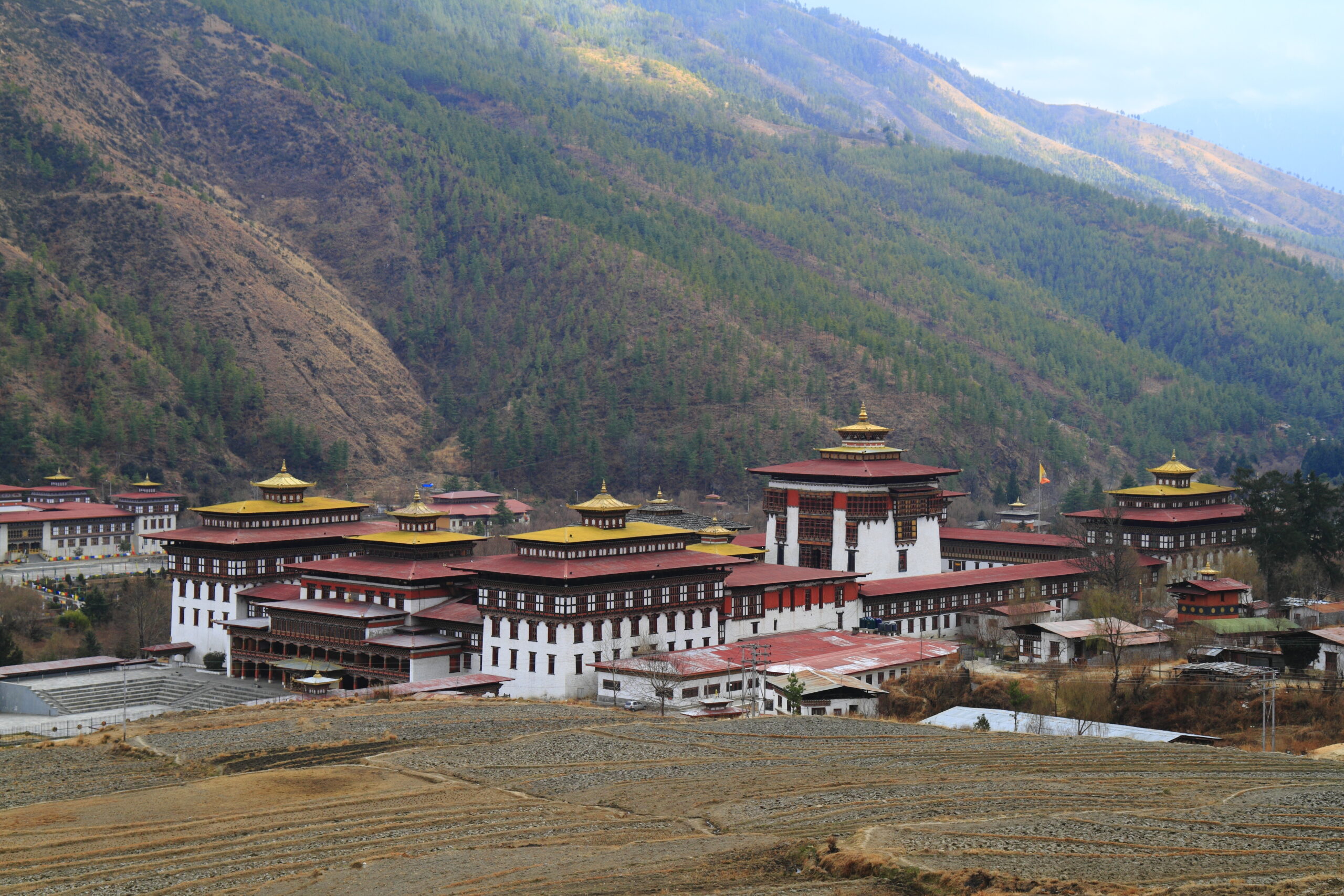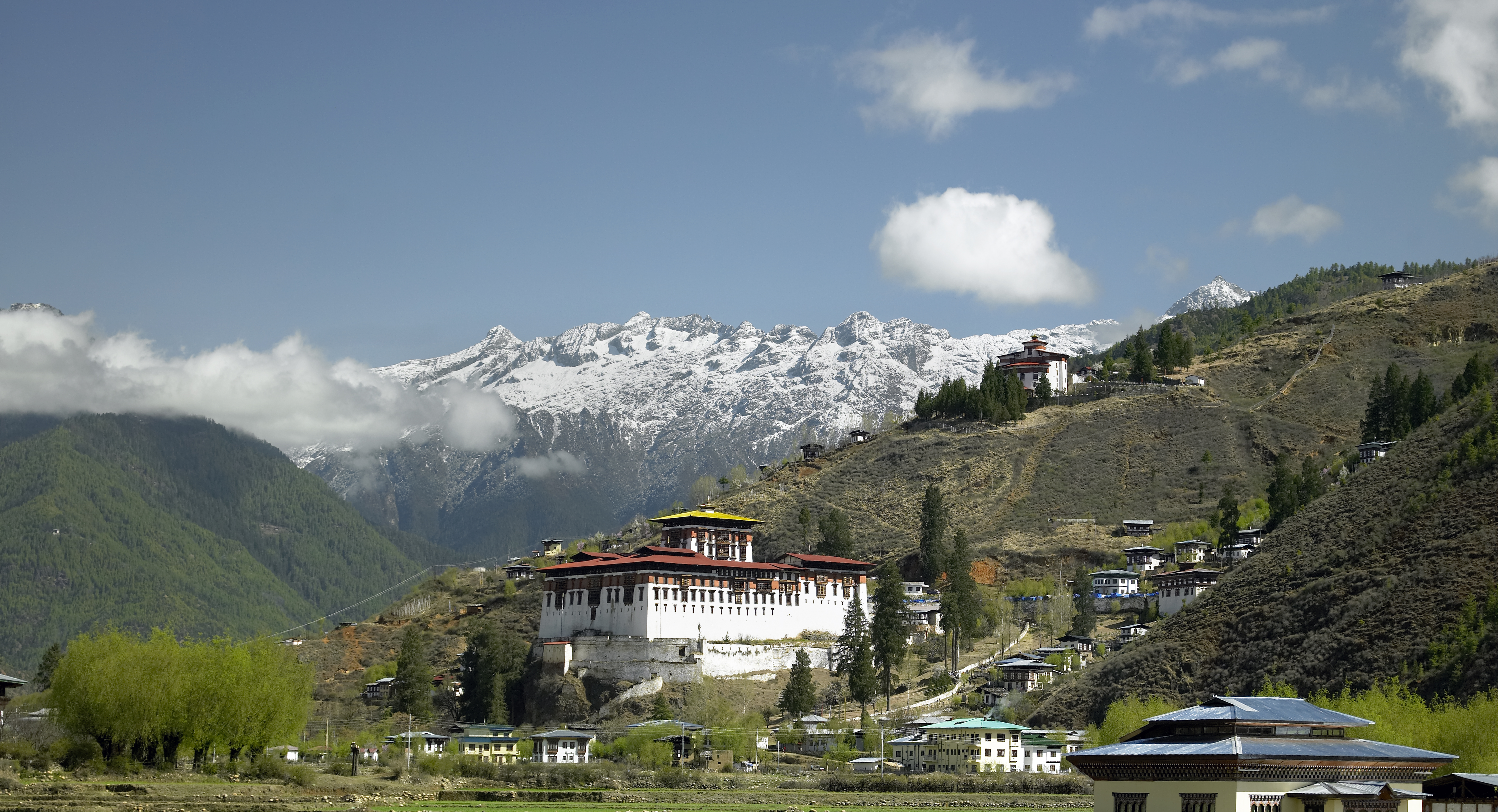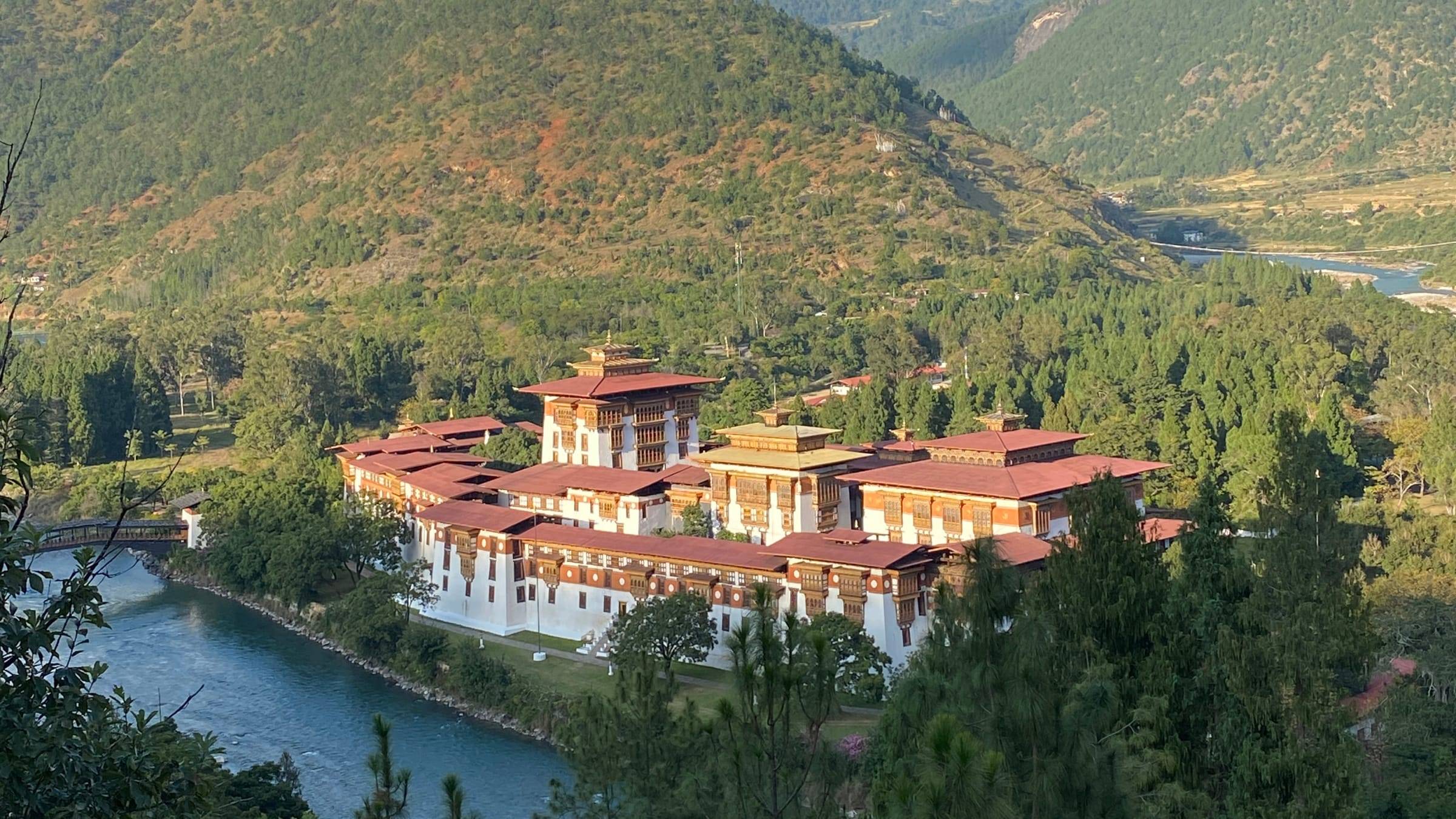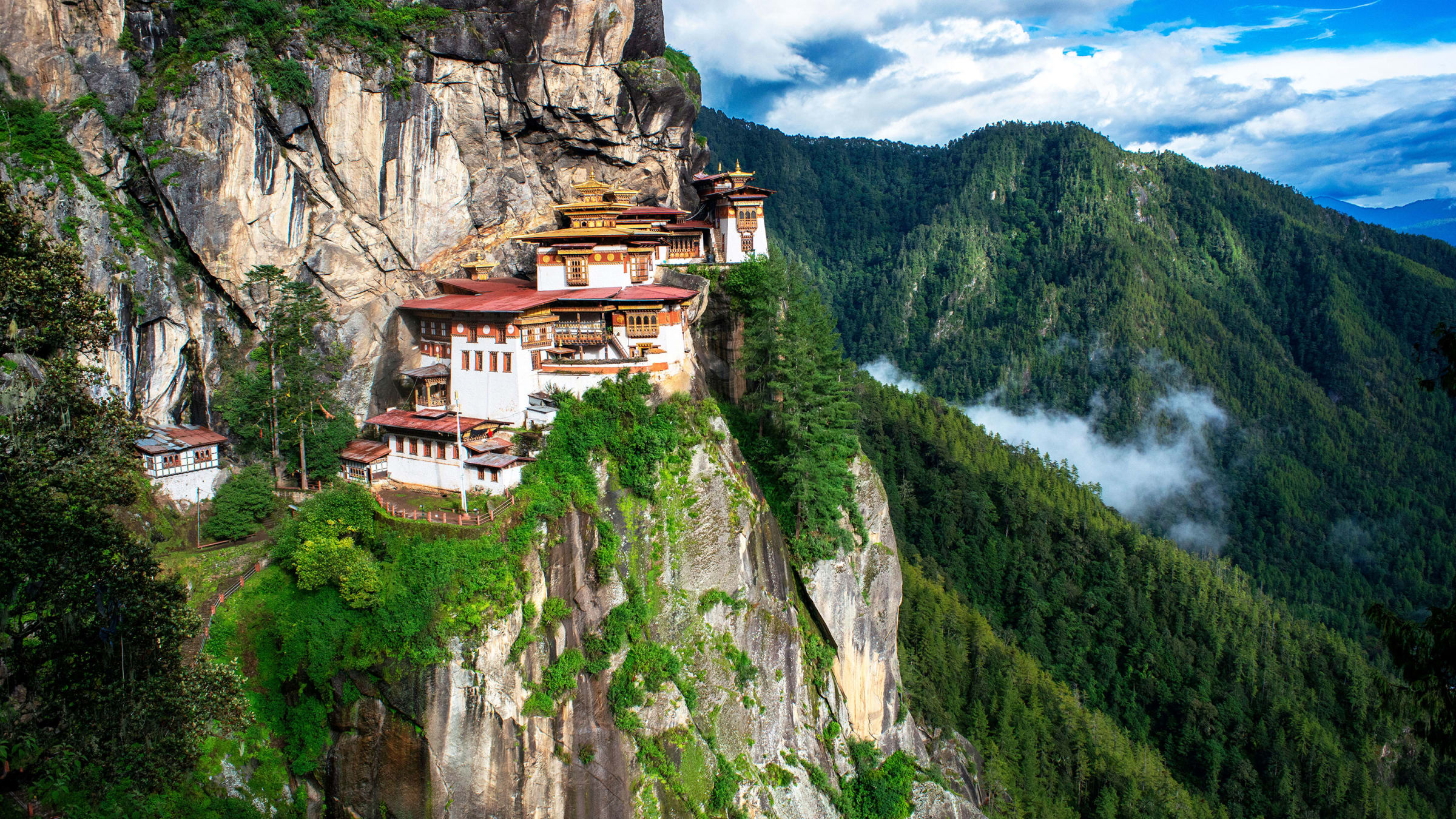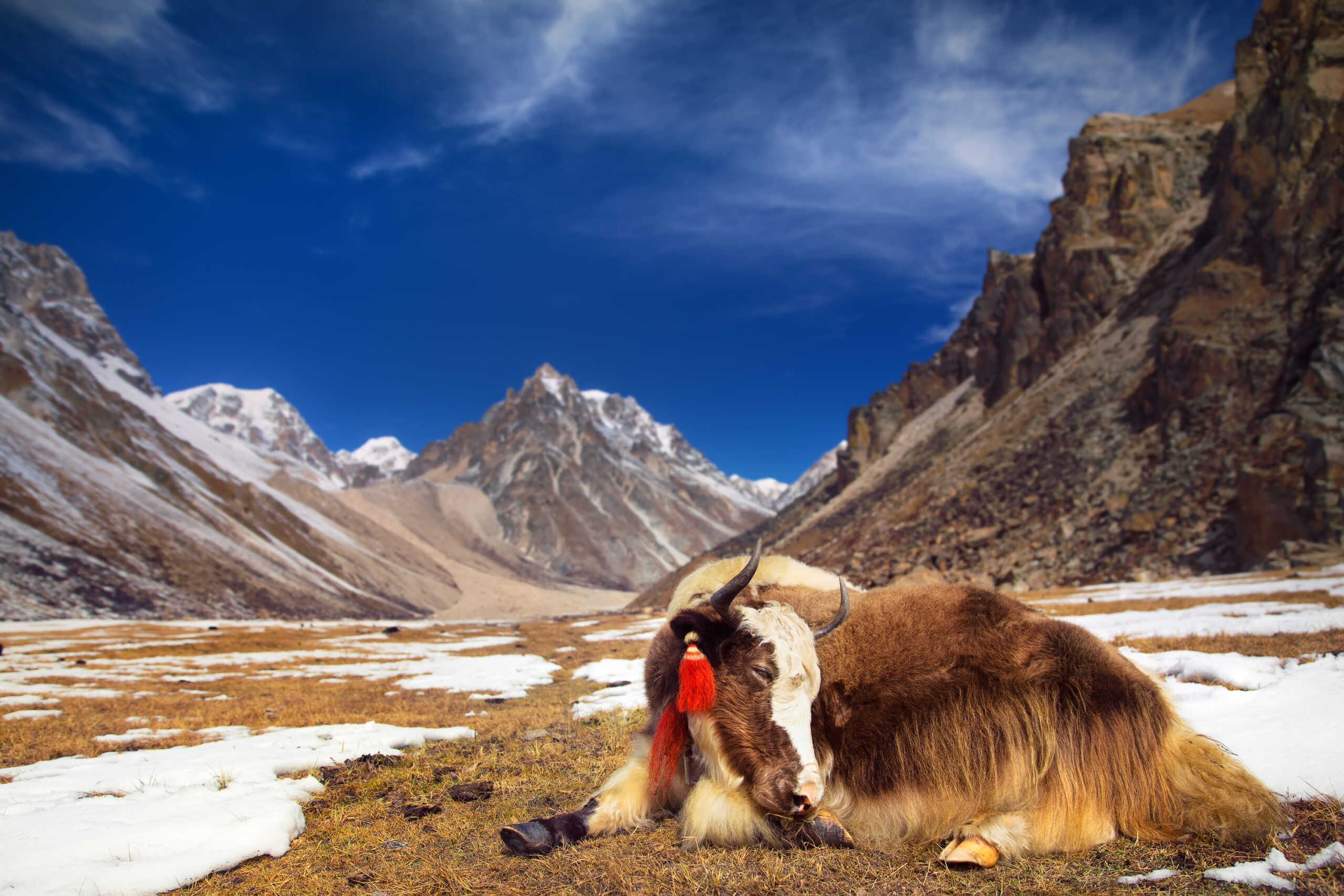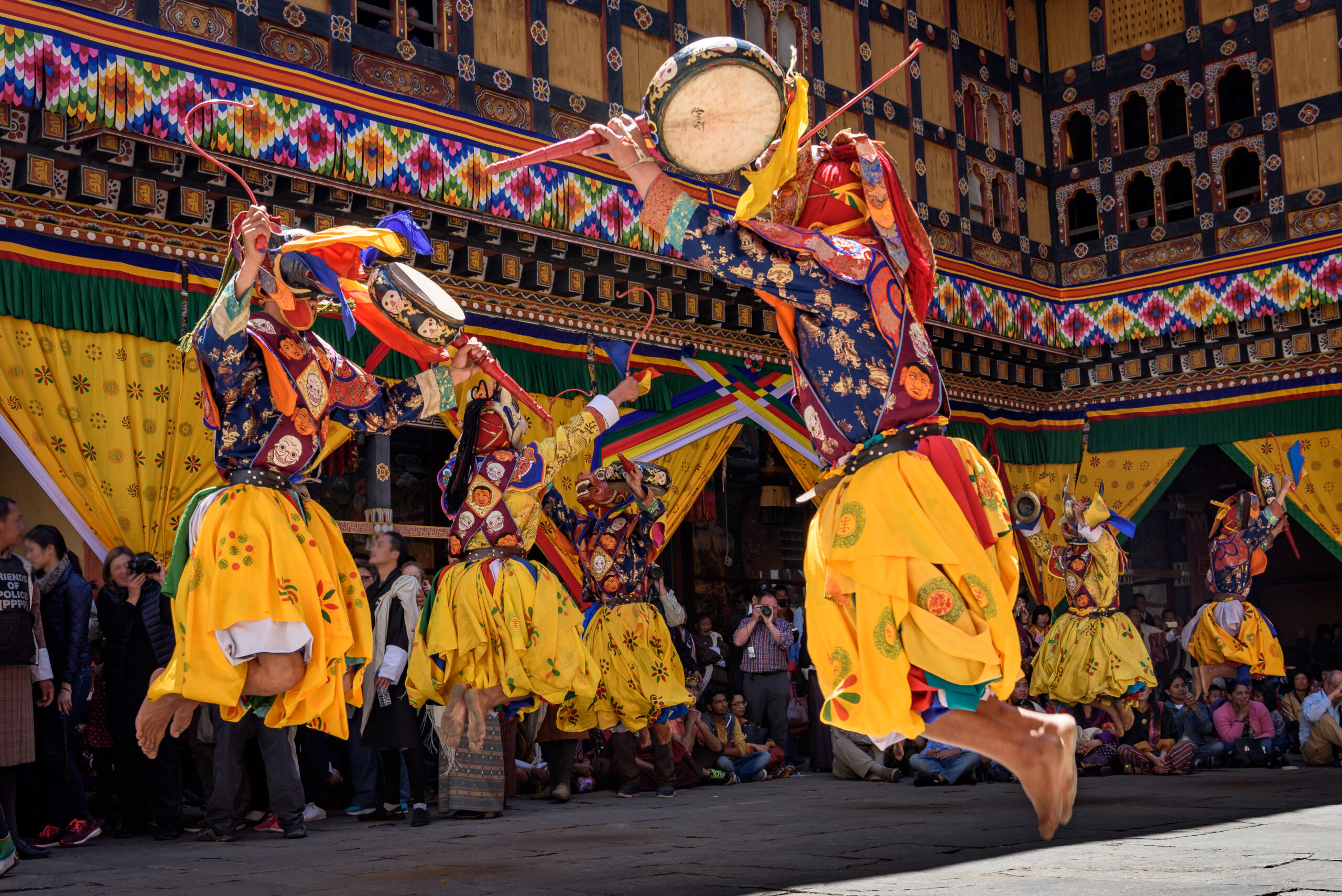Discover Bhutan
Duration
Tour Location
- Quality4.67
- Location5
- Amenities4.33
- Services5
- Price4
Overview
THE TOUR AT THE GLANCE
Bhutan is rightly known to the world today as the Last Shangri-La. The mighty Himalayas protected Bhutan from the rest of the world and left this Himalayan jewel blissfully untouched. The Drukpa Kagyupa sect of Mahayana Buddhism provided the essence of a rich culture and fascinating history. The Bhutanese people protected this sacred heritage and unique identity for centuries by remaining in a jealously guarded isolation.
This country of rolling hills and towering crags certainly exudes charm. The mountains are magnificent, the forests are dense, the people are delightful, the air is pure, the architecture inspiring, the religion exciting and the art superb. Like timeless images from the past, the traveler encounters the full glory of this ancient land through its strategic fortresses known as Dzongs, numerous ancient temples, monasteries, and stupas that dot the countryside, prayer flags that flutter along the high ridges, wild animals that abound in dense forests, foamy white waterfalls which are the ethereal showers, and the warm smile of its friendly people. With its beautiful and largely unspoiled Himalayan setting, rich flora and fauna, and vibrant Buddhist culture, Bhutan has become an increasingly popular destination for international tourists.
Included
Exclude
- Accommodation for (total 05 nights) sharing double / twin room as per program.
- All Meals (Breakfast, lunch and Dinner)
- Transfers, sightseeing/excursions as per the program by air-conditioned vehicle.
- English speaking accompanying guide as per program.
- Monument entrance fees as per the itinerary.
- Bhutan, Government royalty and taxes.
- Visa fees for Bhutan visit.
- Company representative for assistance on all arrival and departure transfers.
- All presently applicable taxes .
- International / Domestic Airfare /any new fuel surcharge
- Meals not mentioned.
- Travel and medical insurance.
- All personal expenses such as beverages, laundry, trip cancellation and personal insurance, gratuities, excess baggage fees.
- Early check-in/late check-out (except as noted).
- Evacuation charges, damage of any nature.
- Any additional expenses due to unforeseen problems like natural disaster, war or strikes, cancellation or misconnection of flights or last-minute change of timings etc.
- Any other service, which has not been specified as "included".
Tour Plan
On arrival, in Thimphu check-into the hotel. Afternoon visit National Memorial Chorten, a large white structure crowned with a golden spire.Before returning to the hotel, take leisurely walk to local craft Bazar recently established under patronage of Department of cottage & small industry and in collaboration with the department of culture, tourism council and the department of agriculture marketing and cooperatives. This market offers genuine Bhutanese arts & crafts thus contributing to promotion, protection, and preservation of traditional arts.
After breakfast, take a short drive to the north of town to Buddha Dordenma, located atop a hill in Kuensel Phodrang Nature Park. Followed by city tour visiting Textile Museum, the living national art of weaving. The place introduces the major weaving techniques, styles of local dress and textiles made by women and men & Folk Heritage Museum encapsulating the cultural heritage of the Bhutanese people. You can enjoy lunch at the Folk Heritage Museum.
Post lunch, visit Changangkha Lhakhang, one of the ancient temples located on a ridge above Thimphu. From temple courtyard, there is fascinating view of Thimphu valley.Then drive to Takin Preserve to see Bhutan’s national animal Takin, located in the Motithang district of Thimphu. Conclude the sightseeing of the day with visit to Tashichhodzong, ‘fortress of the glorious religion’. Evening explore Centenary Farmers Market.
After breakfast drive up to Dochula pass (3,088m/ 10,130 ft) stopping briefly here to take in the view and admire the chorten, mani wall, and prayer flags which decorate the highest point on the road.At Dochula Pass, 108 chortens or stupas known as Druk Wangyal Chortens have been built by Ashi Dorji Wangmo Wangchuk, the eldest Queen Mother. These chortens are built in three layers, the first lowest level layer has forty-five chortens, the second has thirty-six and the top layer has twenty-seven, built around the main chorten.
Then proceed onward to Punakha.Punakha served as the capital of Bhutan and seat of government until 1955 and still it is the winter seat of Je Khenpo (the chief abbot).After lunch, visit Punakha Dzong or ‘Palace of Great Happiness’.
Then a short excursion to Chimi Lhakhang. The trail leads across rice fields to the tiny settlement of Pana, meaning ‘field’. A walk through the village near the temple will give you rare glimpses into the daily life and lifestyle of the villagers.
After early breakfast, embark on a fascinating excursion to Taktsang Monastery or Tiger’s Nest (approx. 5 hours round trip walk). It is one of the most famous of Bhutan’s monasteries, perched on the side of a cliff 900m above the Paro valley floor. Legends say that Guru Rinpoche arrived here on the back of a tigress and meditated at this monastery and hence it is called ‘Tiger’s Nest’. This site has been recognized as a most sacred place and visited by Zhabdrung Ngawang Namgyal in 1646 and now visited by all Bhutanese at least once in their lifetime.
Late afternoon, drive end of the Valley to newly restored Drukgyel Dzong. Built by Zhabdrung Ngawang Namgyal in 1646 to commemorate an early military victory over Tibetan invaders, the dzong name means, indeed, ‘victorious Druk’. Historically and strategically, this Dzong withstood all its glory and was featured in 1914 vide National Geographic magazine. The glory of Drukgyel Dzong remained even when it was destroyed by fire in 1951. On a clear day, one can see the commanding view of Mount. Chomolhari (7,314m) from the village, below the Dzong.
Nearby we will also visit a typical farmhouse. Bhutanese farmhouses are very colorful, decorative and traditionally built without the use of single nail. The majority of the population of Bhutan continues to live as it has for centuries – in small, isolated farms and hamlets, surrounded by terraced fields of rice, maize and buckwheat.
End of Tour
Calendar & Price
default
default
default
default
default
default
default
default
default
default
default
default
default
default
default
default
default
default
default
default
default
default
default
default
default
default
default
default
default
default
default
default
default
default
default
default
default
default
default
default
default
default
default
default
default
default
default
default
default
default
default
default
default
default
default
default
default
default
default
default
default
default
default
default
default
default
default
default
default
default
default
default
default
default
default
default
default
default
default
default
default
default
default
default
default
default
default
default
default
default
default
default
default
default
default
default
default
default
default
default
default
default
default
default
default
default
default
default
default
default
default
default
default
default
default
default
default
default
default
default
default
default
default
default
default
default
default
default
default
default
default
default
default
default
default
default
Review Scores
Last Minute Deals
- Quality4.67
- Location5
- Amenities4.33
- Services5
- Price4

